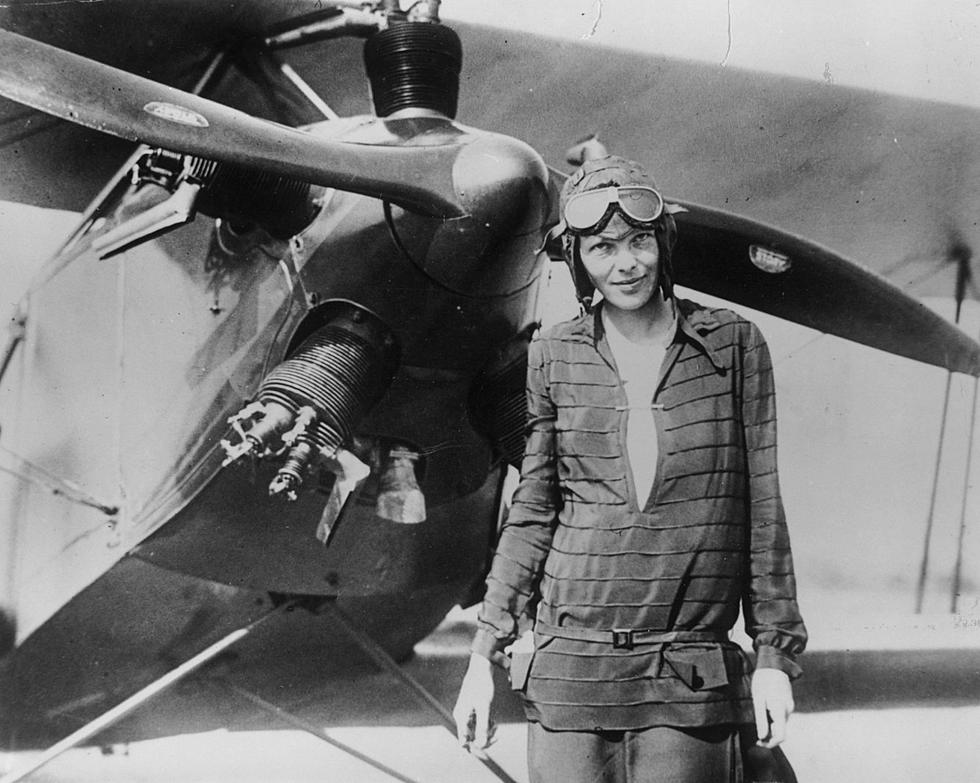
B-52 Bombers Fateful Flight Over Maine
The B52 Stratofortress is one of the longest serving aircrafts in U.S. Military history, currently serving in Afghanistan and Iraq, but in 1963, during the Cold War, bugs in the aircraft were still being worked out. A training mission was flown over Elephant Mountain, Maine, that ended in a mountainside crash killing six crew members and a co-pilot.
The flight started out routine from Westover Air Force Base in Massachusetts. The idea was to fly in Maine over snowy terrain for a Cold War training mission flying at tree top level to deliver a nuclear strike. The B52 bomber hit turbulence that shook the plane violently, so much so the gauges were impossible to read.
Going 325 mph and flying low to simulate flying under Soviet radar, the plane began to nose dive, and, unable to control the plane, pilot Lt. Col Dan Bulli ordered the crew to eject. Bulli ejected his seat but smashed his foot on the instrument panel and ended up snagged in a tree, but survived. Gerald Alder, the navigator was able to eject too but broke his ribs and fractured his skull, but survived. The other members of the crew died in the crash.
Temperatures plunged to 20 below but the survivors were eventually found. Alder had severe frost bite and spent 14 months in the hospital recovering. Bulli, after recovering, went on to fly B-52’s, at one point returning to Maine to serve at Loring Air Force Base.
The flight and crash did help one thing: it pointed out a serious structural flaw in the B-52’s low-level flying. The vertical stabilizer bar snapped off under certain conditions. Because of that disastrous flight, the B-52 was fixed and has become one of the most dependable aircrafts in U.S. military history.
More From B98.5









